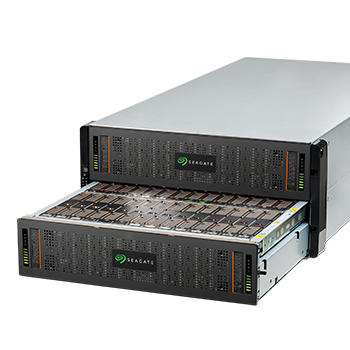The competition for interest, clicks, and dollars is intense. As M&E businesses look to gain an advantage in today’s crowded content marketplace, performance can’t take a back seat to innovation.
There’s a requirement to easily build, distribute, share, and access a diverse array of digital media types and content effortlessly and at speed. The efficiencies of public cloud resources and their ability to support these requirements have resulted in their seemingly perpetual growth and increased use.
However, along with its growth, the enterprise cloud environment has become more complex. A remedy for many companies has been to adapt by integrating with multiple public clouds and by creating private clouds of their own, resulting in a hybrid cloud model that can reduce costs and provide efficiencies for content providers.
Many content producers must deal with the practical realities of large and often diverse files that include the problems of needing to store, index, manage, and locate both older and new content across multiple cloud repositories regionally and globally. Unfortunately, when data is spread across multiple, unconnected, disparate, and legacy “storage silos,” errors and complexity increase while agility and flexibility decrease. There is opportunity for a more evolved modern data storage framework that allows an enterprise to seamlessly create, store, and share important assets across the organization and beyond.
Some of today’s more popular cloud service providers may seem like an efficient all-in-one solution. These providers have unforeseen expense challenges forcing users to manage transactional activity to address variable costs of moving data out of the storage. This is called cloud vendor lock-in.
Evolving beyond single vendor lock-in and the problems it creates provides an opportunity for content developers by converting management costs into the ability to invest more in their content products.
A modern storage environment makes it simple to move and share content at will, catalog and index assets, and keep costs under control. This environment should have the ability to work with new sources of media, including edge sources like the Internet of Things (IoT) and core production datacenters. These sources account for growing volumes of both structured and unstructured data, including raw image, video, audio, and any other production data needed for finished content.
Certain cloud service provider frameworks lack the facilities needed in a storage solution that delivers required features, capabilities, and value proposition. A comprehensive storage framework must provide strong content security, privacy safeguards, and support for regulatory controls. With this best practice framework, it’s possible for companies to efficiently use and reuse content and drive financial gains. The result is accelerated performance, unlocking the business value of data, and enhancing financial value.
Some of today’s more popular cloud service providers may seem like an efficient all-in-one solution. These providers have unforeseen expense challenges forcing users to manage transactional activity to address variable costs of moving data out of the storage. This is called cloud vendor lock-in.
























